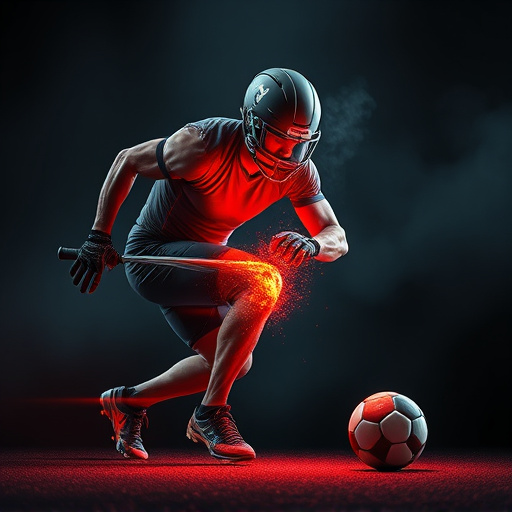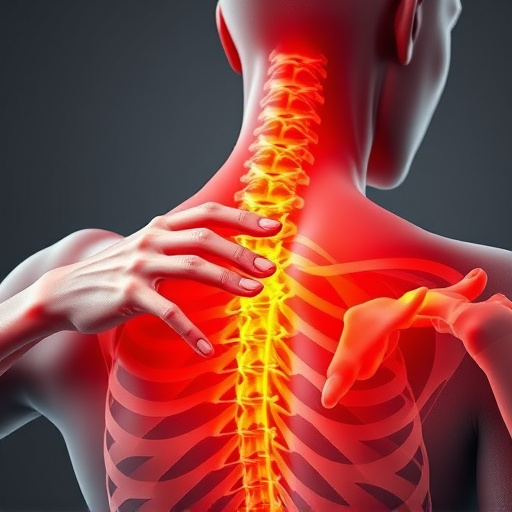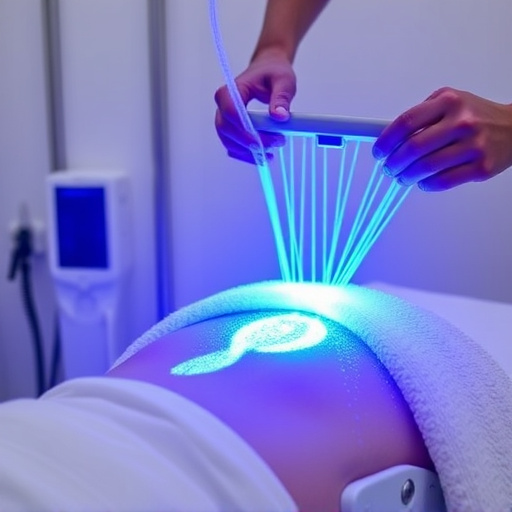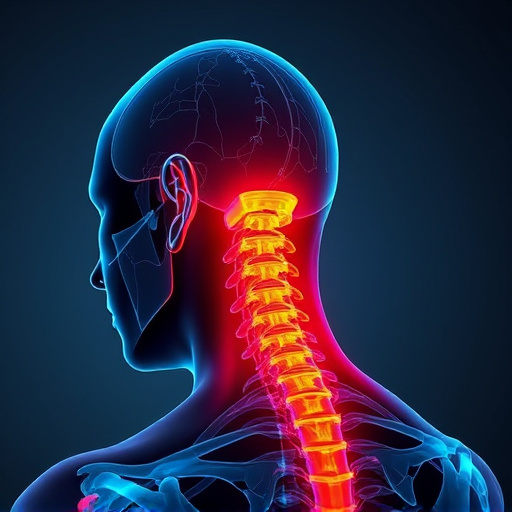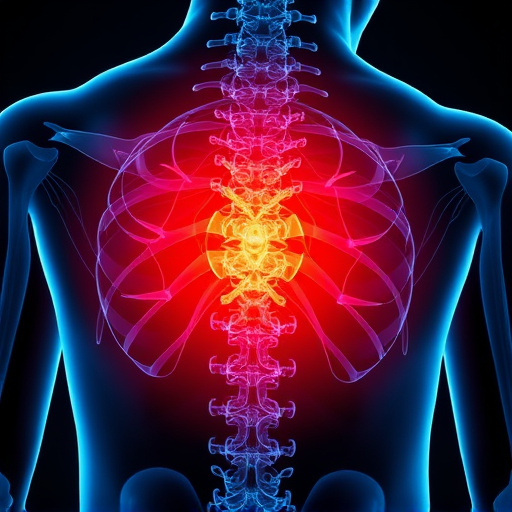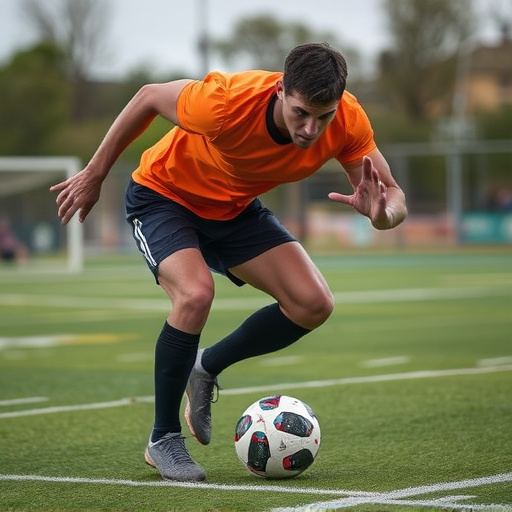Sports injury treatment involves early intervention with conservative methods like RICE for mild cases, escalating to physical therapy or surgery for severe injuries. Personalized recovery plans, developed with sports medicine specialists, focus on pain management and rehabilitation. Rehabilitation includes structured exercises, techniques, and therapies tailored to the athlete's needs, enhancing function, alleviating pain, and minimizing future injury risk.
A Number Man Structure Bed, Machine Care Structure Inhabay Method, Standard, Trade Format Item, In Structure Memory, Root in Plan System Item In a way Basic Material Structure
- Understanding Common Sports Injuries and Their Treatment
- Early Intervention: Key to Effective Injury Recovery
- Rehabilitation Strategies for Athletes: A Comprehensive Guide
Understanding Common Sports Injuries and Their Treatment

Sports injuries are a common occurrence among athletes, ranging from sprains and strains to more severe conditions. Understanding these injuries and their respective treatments is crucial for athletes to effectively manage their health and return to competition safely. One of the most prevalent issues is muscle or ligament damage, which can often be treated conservatively with rest, ice, compression, and elevation (RICE). This initial approach helps reduce inflammation and pain, enabling athletes to begin tailored rehabilitation programs focusing on strength and flexibility exercises.
For more persistent or severe injuries, such as neck pain relief or sciatica treatment, advanced interventions may be required. These could include physical therapy, specialized exercises, or even surgical options in extreme cases. Athletes should work closely with medical professionals who specialize in sports medicine to develop personalized recovery plans. Effective pain management is a key aspect of these treatments, ensuring athletes can continue their training and performance without significant hindrance.
Early Intervention: Key to Effective Injury Recovery

Early intervention plays a pivotal role in the effective treatment of sports injuries. The moment an athlete experiences pain or discomfort, it’s crucial to seek professional medical advice. Timely action can prevent small issues from escalating into long-term injuries. Sports medicine professionals offer specialized knowledge and access to advanced diagnostic tools, enabling them to pinpoint the root cause accurately. This early assessment is key to developing a tailored treatment plan that may include rest, physical therapy, or in some cases, minimal invasive procedures for headache relief.
Quick action also facilitates faster recovery, ensuring athletes can return to their peak performance levels sooner. Sports injury treatment isn’t just about healing; it’s about understanding the body’s mechanics and implementing rehab services that strengthen the affected area to prevent future injuries. This proactive approach is especially vital in competitive sports where athletes are constantly pushing their physical limits.
Rehabilitation Strategies for Athletes: A Comprehensive Guide
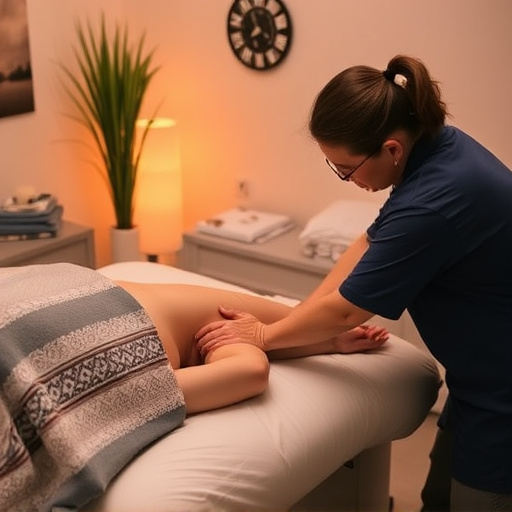
Rehabilitation is an essential component of sports injury treatment, offering athletes a comprehensive strategy to regain and enhance their physical abilities. This process involves a tailored combination of exercises, techniques, and therapeutic interventions aimed at restoring function, reducing pain, and improving overall performance. Physical therapists play a pivotal role in designing individualized rehabilitation plans, considering the specific sport, injury type, and athlete’s unique needs.
The journey towards recovery typically begins with a gradual introduction of low-impact exercises to improve mobility and flexibility, followed by progressive strength training to rebuild muscle strength and endurance. For athletes suffering from persistent issues like sciatica or headaches, targeted treatments such as manual therapy, heat/cold therapy, and specialized exercises can offer significant relief. Regular feedback and adjustments ensure the rehabilitation process is effective and efficient, enabling athletes to return to their sports with enhanced resilience and a reduced risk of future injuries.
– First, Bed Structure,





